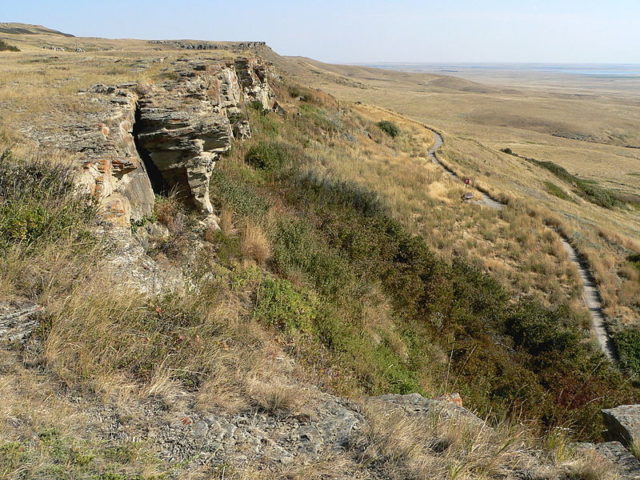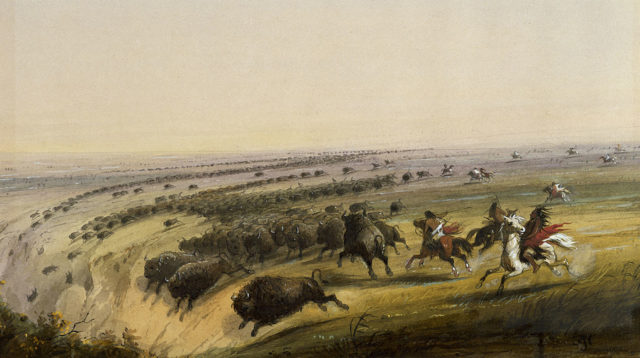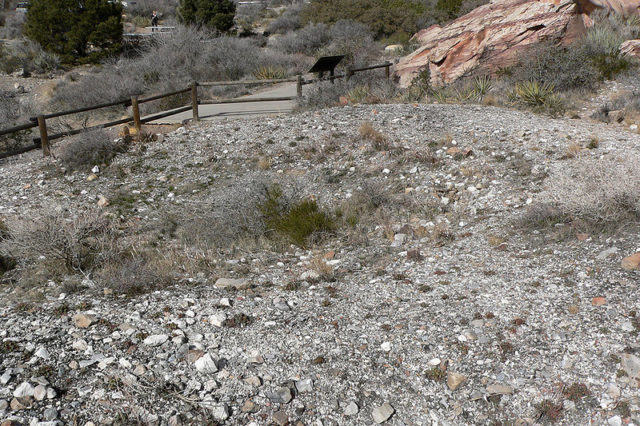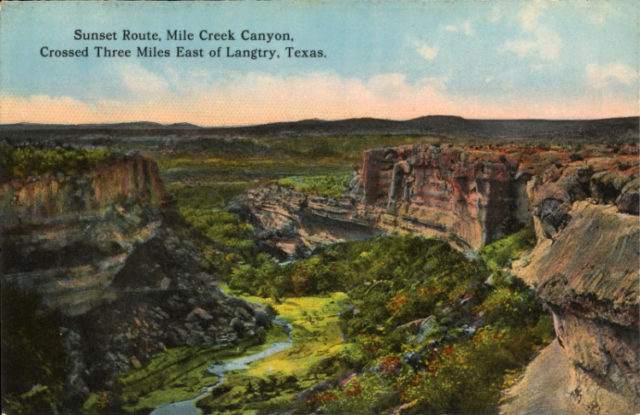A meal was forgotten for 1,600 years, turning itself into an ancient meal excavated this summer in the foothills of southern Alberta. It will be preserved at Edmonton’s Royal Alberta Museum.
The roasting pit had been found by Bob Dawe, an archaeologist located in southern Alberta.

It was unearthed from Head Smashed in Buffalo Jump, located in Blackfoot First Nation territory. Head Smashed in Buffalo Jump is located where the foothills of the Rocky Mountains start to rise from the prairie, 11 miles northwest of Macleod, Alberta. The buffalo jump had been used for around 6,000 years by the indigenous people of the plains to hunt buffalo by driving them off the 36-foot high cliff. They would do this by dressing up as wolves and coyotes to frighten the animals into flight.

The earthen oven was discovered perfectly intact with a prepared meal sealed inside. Dawe still does not know what precisely is inside, yet based on the bones discovered at the site, it could be a bison calf or a wolf-like animal. When the oven is inside a local museum, he will be able to examine the contents to find out what meal was left behind. No one knows why it was abandoned.
Earth ovens were used in several civilizations around the world, and the presence of the cooking pits is a key sign of settlement often desired by archaeologists. At its most basic, a roasting pit is a hole in the ground that is used to trap heat to bake, steam, or smoke food. In this latest finding, the pit had been lined with willows and rocks. Fire-heated rock would have been placed into the pit, the meat following after. After that, the meal would have been covered with dirt and vegetation. The food can take anywhere from a few hours to a full day to cook.

This pit has not seen the light of day for hundreds of years, and excavating it without disturbing its fragile state was a very difficult task. The museum called in specialists from the Tyrell Museum to help in the delicate unearthing.
It’s a very tricky process to get down to the oven; they had to dig through 1,600 years of history, carefully stripping back all the layers of artifacts, bones, and soil to recover it still intact.
It was really lucky for the archaeologists to find it in the first place, Niume reported. If they would have dug 7 inches away in another direction in 1990, they would not have found it at all.

Here is another archeology story from us: Bath found inside Roman Barracks located in Bulgaria
The roasting pit is set to be added to the permanent indigenous exhibit at the Royal Alberta Museum next year.
